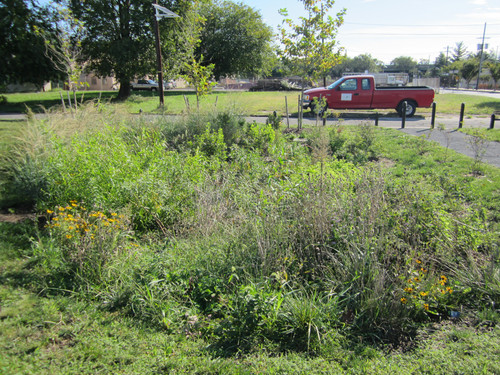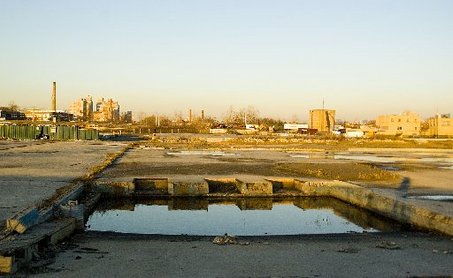New Jersey Future Blog
Where and How We Develop is Key to Reducing Greenhouse Gas Emissions
December 5th, 2008 by Jay Corbalis
- A total of 31 states have completed climate action plans, with 20 setting specific targets for reducing greenhouse gas emissions.
- The New Jersey Department of Environmental Protection is expected to release a climate action plan soon. This plan was mandated by the Global Warming Response Act of 2007, which set ambitious goals for reducing greenhouse gas emissions to 1990 levels by 2020, and to 80 percent below 2006 levels by 2050.
- According to the DEP, transportation represents the largest, and fastest-growing, segment of New Jersey’s carbon footprint at 35 percent, compared to a national average of 26 percent.
- Recently adopted legislation in California (Senate Bill 375) has set a high bar for reducing greenhouse gas emissions from transportation. The law is designed to make it easy for people to get around using green transportation alternatives by influencing where new development occurs and how it is designed.
California leads the way in linking sprawl, global warming
As New Jersey awaits the DEP’s long overdue greenhouse gas plan (the deadline for its release was June 30), other states have wasted no time developing strategies to deal with the looming threat of global warming. According to the Pew Center on Global Climate Change, 31 states have completed climate action plans to date, and several more are in the process of doing so. Arguably the most comprehensive of these efforts is California’s, where the legislature recently approved, and Governor Arnold Schwarzenegger signed into law, a sweeping bill linking land use, transportation and greenhouse gas emissions.
Nationwide, studies have shown that unless land-use patterns undergo the kind of change that will make it easy, even preferable, to get around without driving, emissions from the transportation sector will continue to grow—primarily because increasing vehicle miles traveled (VMT) will more than offset expected gains from fuel efficiency and low-carbon fuels. California’s SB 375 acknowledges this, noting that even with technological improvements, California “will not be able to achieve the goals” it has set for reduced greenhouse gas emissions “without improved land-use and transportation policy.”
SB 375 operates on several fronts, including transportation funding and regulatory relief. On transportation funding, the bill directs each of the state’s metropolitan planning organizations to devise a regional land-use plan that accommodates projected growth in a way that will help reduce emissions (for example, by steering growth to areas served by transit). The MPO is then required to match its transportation funding agenda to these plans.
SB 375 also aims to make it easier for the state to grow in a way that will help limit carbon emissions. For development projects that are shown to be consistent with the MPOs’ regional plans, the bill grants relief from certain aspects of California’s environmental review, provided these projects are limited in size and offer ancillary benefits to the community, such as open space or affordable housing.
The end result—more new homes and jobs located in walkable, bikeable communities near transit—offers residents more convenient alternatives for getting around while simultaneously lowering carbon emissions.
Since 1970, vehicle miles traveled in New Jersey has increased at a rate four times faster than the state’s population, thanks in large part to the sprawling, auto-dependent development that has prevailed in recent decades. This increase has helped make transportation the largest, and fastest-growing, contributor to the state’s overall carbon footprint. Whether California’s approach to dealing with this problem in SB 375 is adaptable to New Jersey remains to be seen. What is certain, however is that New Jersey, like California, will need to acknowledge and address the effect the state’s land-use patterns have on emissions if we are to have any chance of reaching our ambitious greenhouse gas reduction goals.
For more on the role development patterns play in our carbon footprint, check out our latest “4-pager” Climate Change and Land-Use.
If you have any questions about this issue of Future Facts, please contact Jay Corbalis, Policy Analyst.















